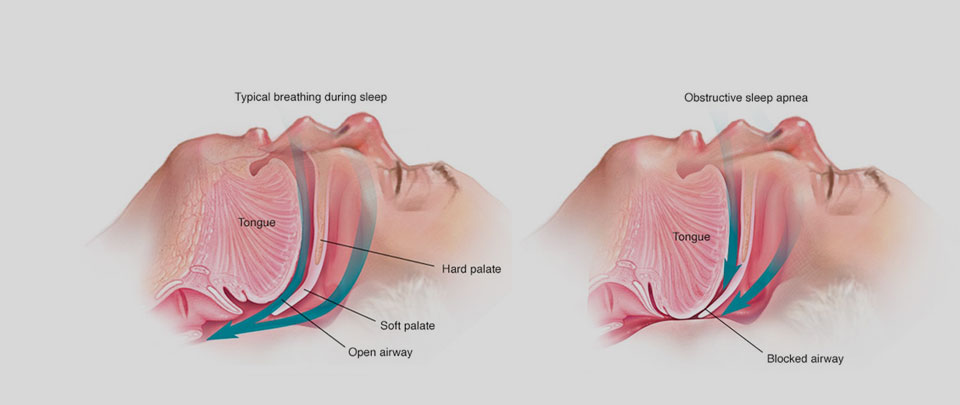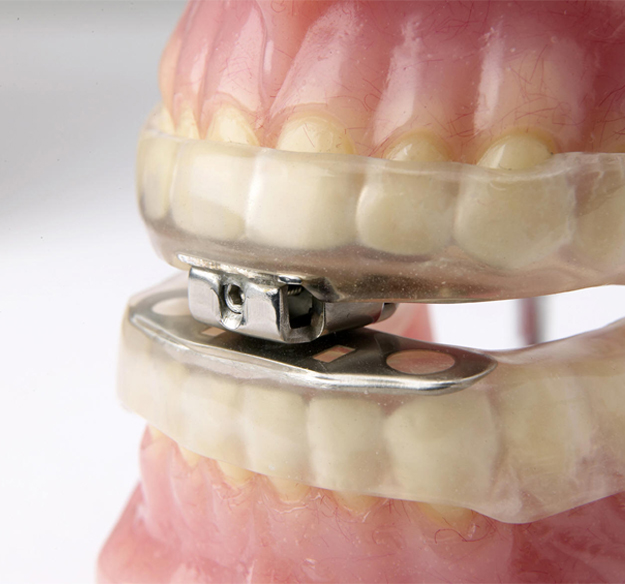Contact Us
36 Middle St, Cleveland, 4163, Australia
The main symptoms of OSA are snoring, daytime sleepiness and fatigue, pauses in breathing while asleep and waking at night with shortness of breath. Most people will have no recollection of these “awakenings” despite maybe having tens or hundreds a night!
Although 70 per cent of people with OSA are overweight or obese, other things that can cause sleep apnoea include:
The health effects and consequences of OSA are frightening and can have a significant effect on your health. OSA increases the risk of developing:


The dentists at GWH Dental can help with your sleep apnoea by creating an MAS. If you believe you may be suffering from this condition, please make an appointment to see Dr Michael Harris.
Dentists play an important role in helping to diagnose or finding the symptoms of sleep apnoea because in regards to your teeth, it is directly related to the oral cavities. However, sleep apnoea is officially diagnosed with a sleep study and managed by your GP or a sleep physician. There are surgical and non-surgical treatment options.
The non-surgical options include weight loss and lifestyle changes, oral devices and the traditional treatment – Continuous Positive Airway Pressure (CPAP). A CPAP helps maintain a mild air pressure to keep the airways open so you can breathe continuously throughout the night. It looks a like an oxygen mask.
The oral device is called a Mandibular Advancement Splint (MAS) and is an option for those who have mild to moderate OSA and those who can’t tolerate CPAP. A MAS is a custom-fitted and adjustable device that holds your lower jaw in a forward position to help prevent the collapse of tissues into the airway.
Children as young as 4 years old can suffer sleep apnoea. This not normal and children should not snore. Studies show the children and teens who snore are in the bottom half of their classes.

36 Middle St, Cleveland, 4163, Australia
© 2023 GWH Dental - Member of the